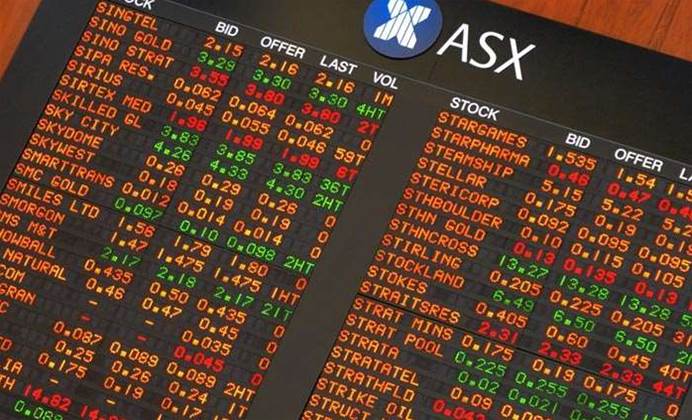The Australian Securities Exchange (ASX) is positioning itself as the sole co-location provider for market participants across the nation, despite scaling back the build-out of its high-speed data centre last year.

The exchange yesterday posted profits of $339.2 million for the 2011-12 financial year, down 3.7 percent from the year prior.
Technical services – including smart order routing, low latency data products and data centre services – grew 12.1 percent, earning the exchange $45.3 million in revenue during the year.
“The growth in technical services is part of ASX’s strategy to adapt the ASX business model to a changing market structure and customer needs,” the ASX stated today.
“In 2012, the revenue from technical services was larger than the revenue from cash market trading.”
As of 30 June, the ASX housed 59 co-location customers in its new Australian Liquidity Centre in Gore Hill, accounting for 76 cabinets in the facility.
Sources told iTnews that the facility was about a third full in June.
The exchange initially planned to establish a 1000-square-metre facility with 100 cabinets for its own use and 500 cabinets for co-location customers. But it scaled back its lease arrangements before launching the facility in February.
“There is quite a bit of space in the data centre,” ASX chief executive officer Elmer Funke Kupper told analysts and media today.
“We’re approaching 100 cabinets now ... [and in discussions with] a few parties [who] will bring quite a few cabinets in one go.”
Funke Kupper said the Australian Liquidity Centre could attract Australian market participants seeking to consolidate their data centre infrastructure to lower costs and network latency.
“[The ALC] could be the sole place for all the marketplace across Australia. People want to consolidate data centres across Australia; this could be the place to do it,” he said.
He said the facility accounted for $35 million of capital expenditure, with the ASX reporting a total of $39.1 million in capital expenditure for the year.
But he downplayed the significance of the centre’s unused capacity, noting that hosting was only one portion of its technical services business.
“Having [customers’] cabinets in a data centre is helpful but just hosting racks, power, air-conditioning is okay but not the greatest business because it’s aggressively priced,” he said.
In the 12 months to 30 June, hosting contributed $4.7 million of technical services revenue, while application services earned $3.9 million, network connectivity earned $12.7 million and “liquidity access” earned $24 million.
The latter category referred to low-latency connections to ASX trading platforms, necessary for high-frequency trading that accounted for 15 to 20 percent of the market.
“High speed trading is not going to go away,” Funke Kupper said, noting that the exchange was in discussions with Australian regulators on which parts of high-frequency trading were too risky and needed to be “reined in”.
“We didn’t design the market structure we live in today ... For us, we have to succeed in the world we have been given.
“Our job is to have a long-term successful business. We want the regulators to make the right decisions here.”
International co-location deals
Late last month, the ASX and Singapore Exchange (SGX) announced that they had agreed to co-locate “hubs” in each other’s data centres to improve clients’ connectivity to the two markets (pdf).
The hubs were expected to be in place by September. SGX last month established similar links with technology provider BT and third-party data centre operators in London and Chicago.
“We’re looking to do that in other exchanges as well,” Funke Kupper said, highlighting ongoing discussions with unnamed international exchanges.
“It’s really about giving clients [remote access capabilities] through infrastructure already deployed.
“These things are an experiment to see how this can work; the nice thing about it is that the expense of doing it is very low.”
The ASX and SGX last year terminated plans to merge after the deal was opposed by the Australian Government.




.png&h=140&w=231&c=1&s=0)





 iTnews Executive Retreat - Security Leaders Edition
iTnews Executive Retreat - Security Leaders Edition












_(1).jpg&h=140&w=231&c=1&s=0)



